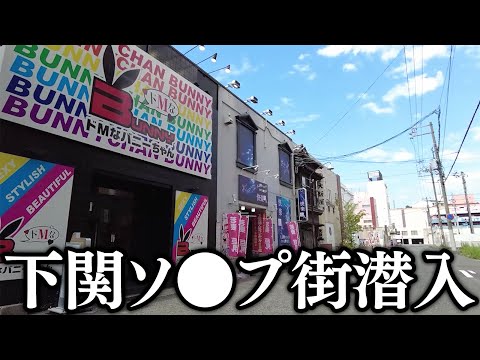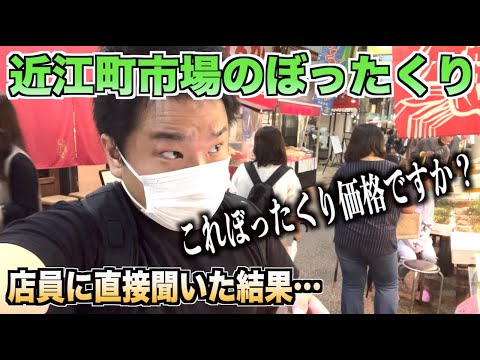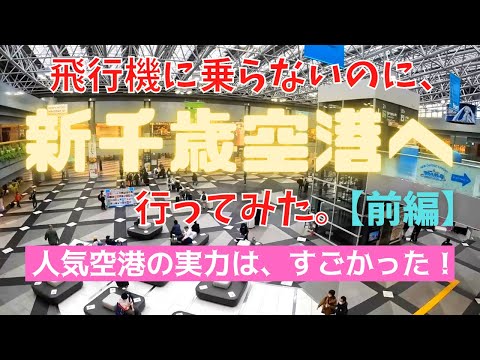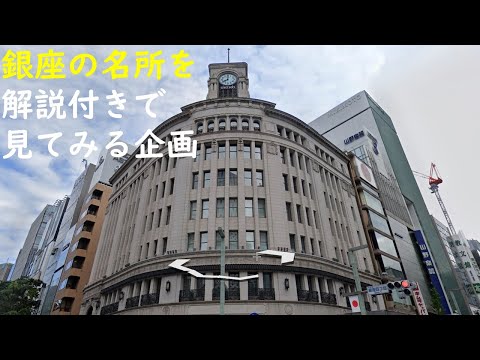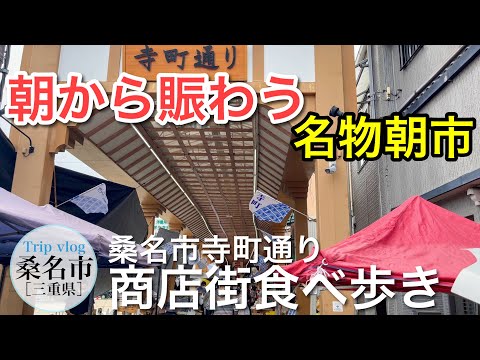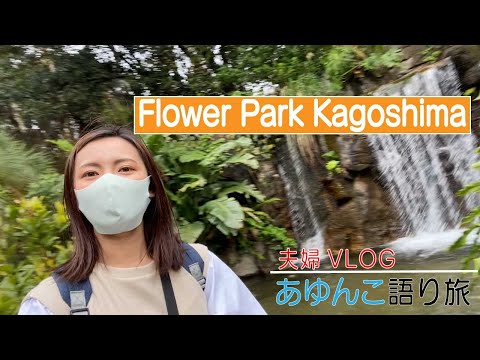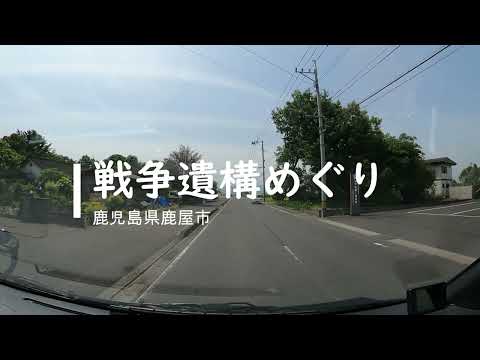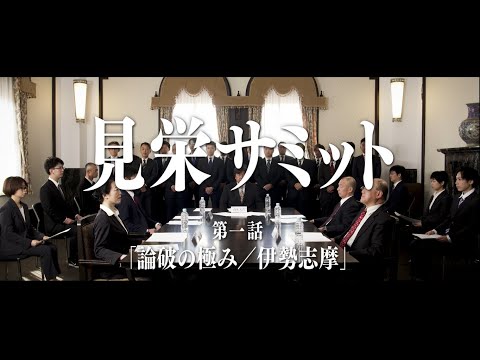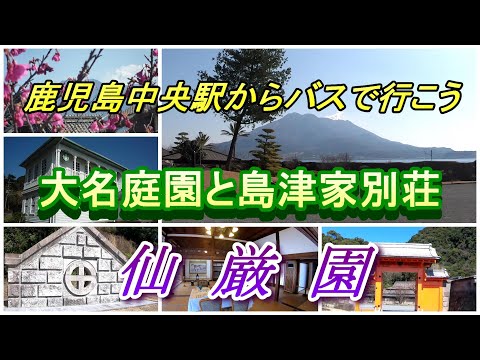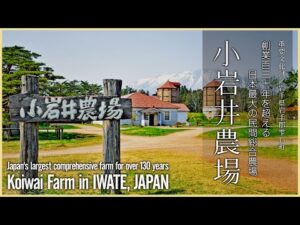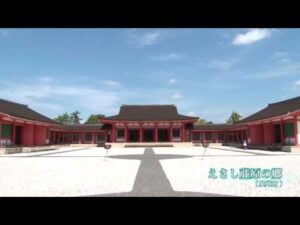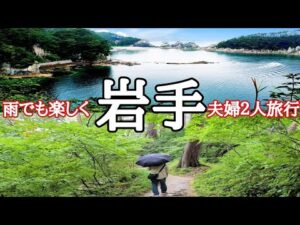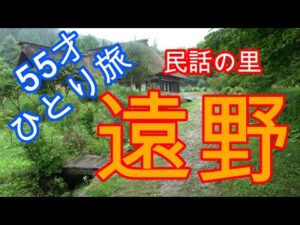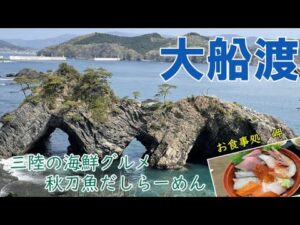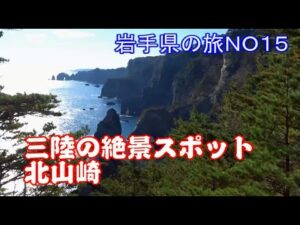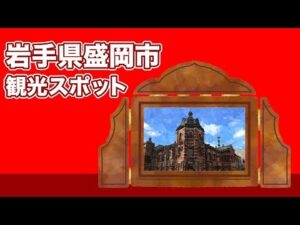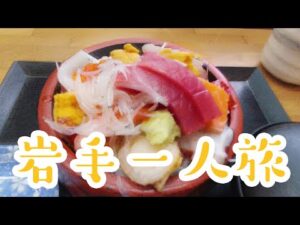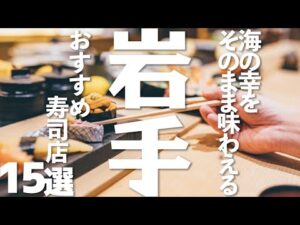明治24年(1891年)、日本鉄道の副社長の小野義眞(おのぎしん)、三菱社長の岩崎彌之助、鉄道庁長官の井上勝の三名が共同創始者となり三名の頭文字を採り「小岩井」農場と名付けられました。
井上勝は、幕末に英国に密航した長州藩士、長州ファイブの一人で日本の鉄道の父と言われます。帰国後は、明治5年(1872年)の新橋ー横浜間の日本初の鉄道敷設を始めとして、東海道本線、東北本線などの鉄道工事で陣頭指揮にあたり、日本の鉄道事業の基礎を作ったといわれます。井上勝は、東北本線の延伸工事視察のため盛岡を訪れた際、岩手南麓に広がる荒地を前に、長年、鉄道敷設によって多くの田畑を潰したことに対する悔恨の念を抱いたといいます。手付かずの荒野を開墾し大農場を拓くことで、美しい田園風景を損なわせた埋め合わせをしたい。それこそ、自分がなすべき事業ではないか。井上はそう考えました。
井上は、この構想を岩崎彌太郎のもとで三菱を支えた小野義眞に打ち明け、助力を依頼します。当時の三菱は、創業者の岩崎彌太郎の死後、実弟の岩崎彌之助が社長に就いていました。小野義は、井上と彌之助を引き合わせ、井上の思いに感銘を受けた彌之助は、その場で出資を快諾します。こうして、明治24年(1891年)、井上が場主となり小岩井農場が開設されました。
当時のこの地域一帯は、岩手山からの火山灰が堆積した不毛の原野で、極度に痩せた酸性土壌であったようです。そのため、土壌改良や防風・防雪林の植林などの基盤整備に数十年を要しました。
明治32年(1899年)、小岩井農場の経営は、井上から岩崎家に引き継がれます。当時の三菱は、岩崎彌太郎の長男の岩崎久彌に率いられていました。もともと農牧業などにも造詣が深かった久彌のもとで、小岩井農場は新たな発展を遂げていきます。
岩崎久彌は、オランダなどから輸入した乳用種牛をもとに品種改良を開始。全国の種畜場・牧場などに優良な種畜を供給し日本の酪農の発展に寄与しました。これが現在に続く、畜産事業の始まりであります。小岩井農場を語る上で欠かせないのが乳製品。これらが事業として開始したのもこの時期と重なります。飲用乳、バター、チーズの製造技術の確立を図り、日本の乳業事業の発展にも大きく貢献しました。
近年、小岩井農場の観光エリア「まきば園」が、家族で楽しめるレジャースポットとして人気を博しています。また、農園内を案内するシャトルツアーは、創業130年の歴史を持つ農場の魅力を存分に味わえるアトラクションとなっています。
平成29年(2017年)、小岩井農場施設の建造物21棟は重要文化財に指定されました。
重要文化財/岩手県岩手郡雫石町
____________________________________________________
Koiwai Farm is Japan’s largest private comprehensive farm located at the foot of Mt. Iwate. The farmland spans Shizukuishi-cho, Iwate-gun and Takizawa-shi, Iwate Prefecture, and has about 3,000 hectares, of which about 40 hectares are open as a tourist area “Makibaen Park”.
In 1891, the farm was co-founded by Shin Onogi, vice president of the Japan Railway Company, Yanosuke Iwasaki, president of Mitsubishi, and Masaru Inoue, director general of the Railway Agency, and named “Koiwai” Farm after their initials. Masaru Inoue is one of the Choshu Five, a Choshu clan who stowaways to England at the end of the Edo period, and is said to be the father of Japanese railways.
After returning to Japan, he laid the foundation of Japan’s railroad business by spearheading the construction of Japan’s first railroad between Shimbashi and Yokohama in 1872, as well as the Tokaido Main Line and Tohoku Main Line. When Masaru Inoue visited Morioka to inspect the construction of the Tohoku Main Line extension, he was confronted with a vast expanse of wasteland in the southern foothills of Iwate, and felt regret over the many fields that had been destroyed over the years due to the construction of the railroad.
He wanted to make up for the loss of the beautiful countryside by cultivating the untouched wilderness and opening up large farms.
This is exactly the kind of project he should have undertaken. That is what Inoue thought. He confided this idea to Shin Onogi, who had supported Mitsubishi under Yataro Iwasaki, and asked for his assistance.
At the time, Yanosuke Iwasaki, Yataro’s younger brother, was president of Mitsubishi after Yataro’s death. Onoyoshi brought Inoue and Yanosuke together, and Yanosuke, impressed by Inoue’s desire to help, readily agreed to invest in Mitsubishi on the spot.
In 1891, Koiwai Farm was established with Inoue as the owner.
In 1899, the management of Koiwai Farm was taken over by the Iwasaki family from Inoue. At the time, Mitsubishi was led by Hisaya Iwasaki, the eldest son of founder Yataro Iwasaki. Hisaya had always had a deep knowledge of farming and ranching, and under his leadership, Koiwai Farms achieved a new level of growth.
Hisaya Iwasaki began breeding dairy cattle imported from the Netherlands and other countries. It contributed to the development of dairy farming in Japan by supplying breeding livestock to breeding farms and ranches nationwide. This was the beginning of the livestock business that continues to this day.
Dairy products are an essential part of the story of Koiwai Farms. It…
